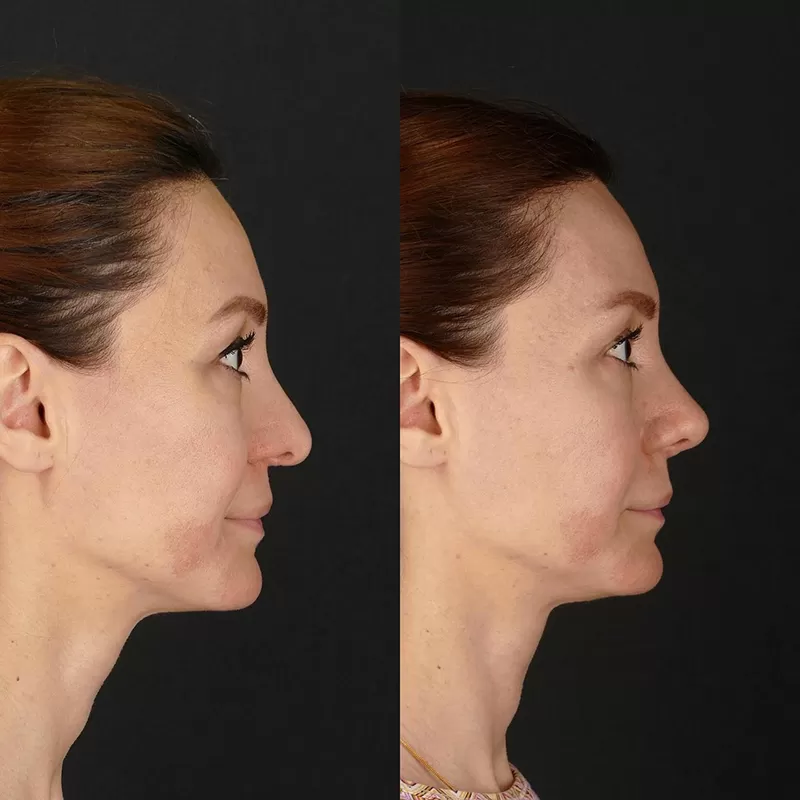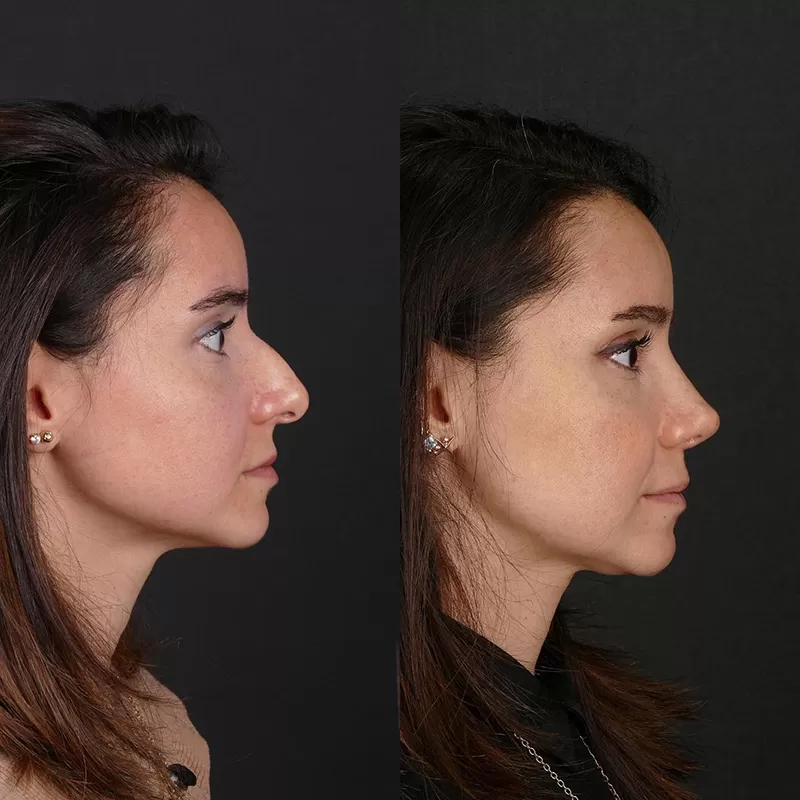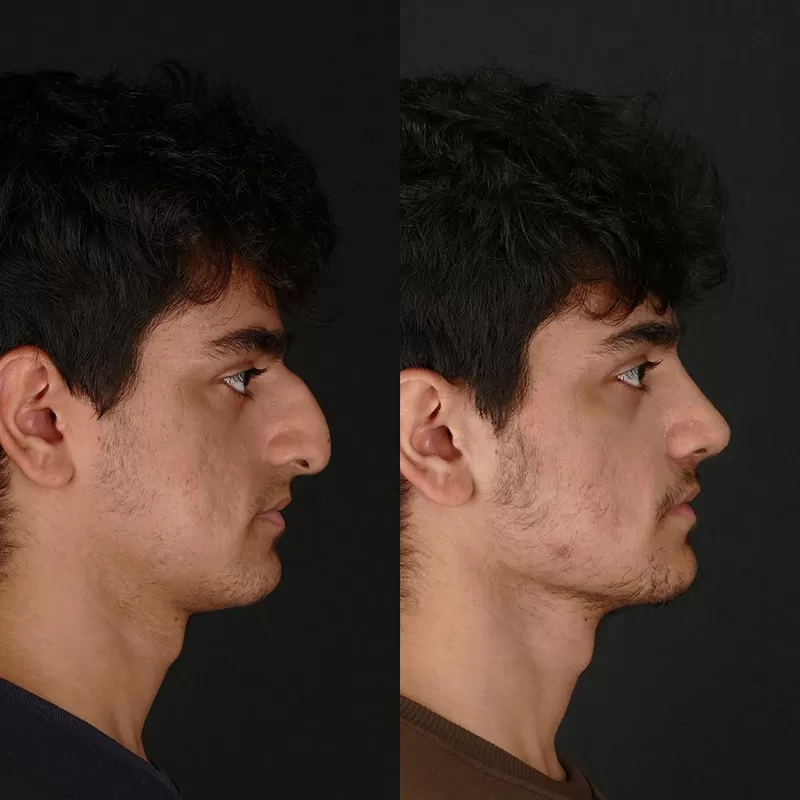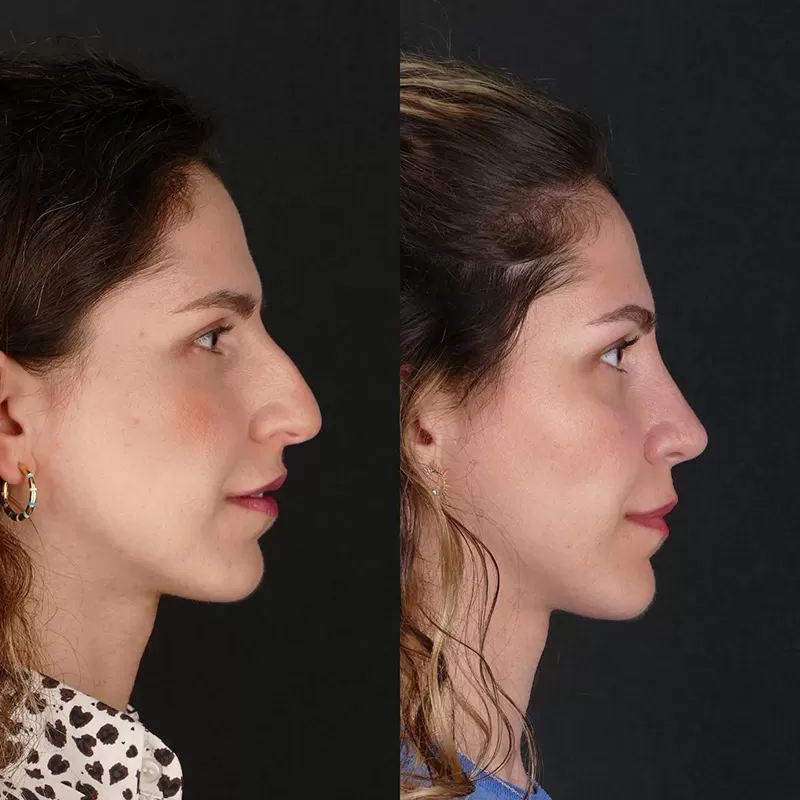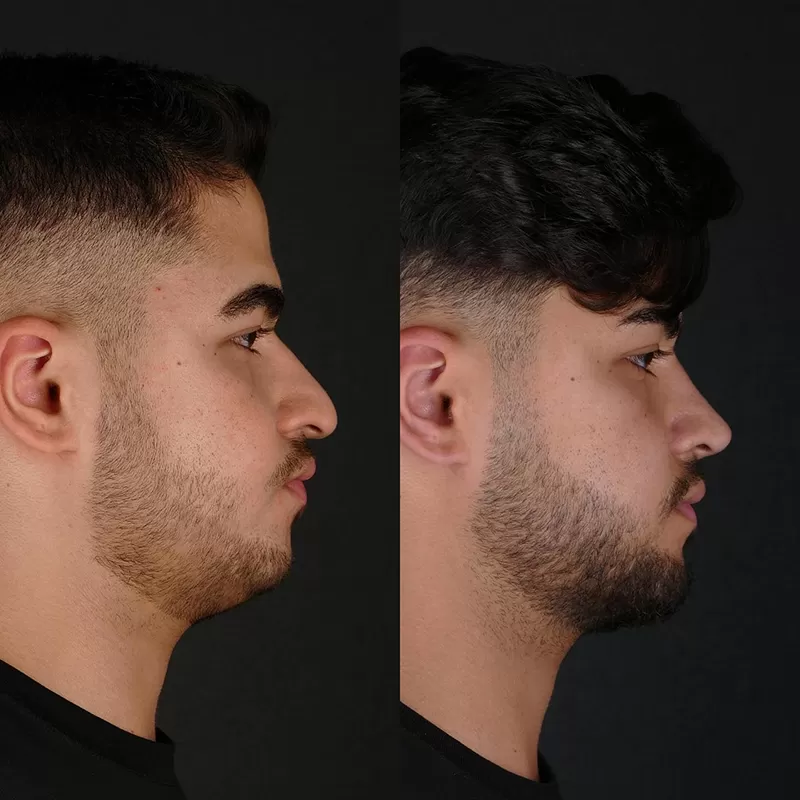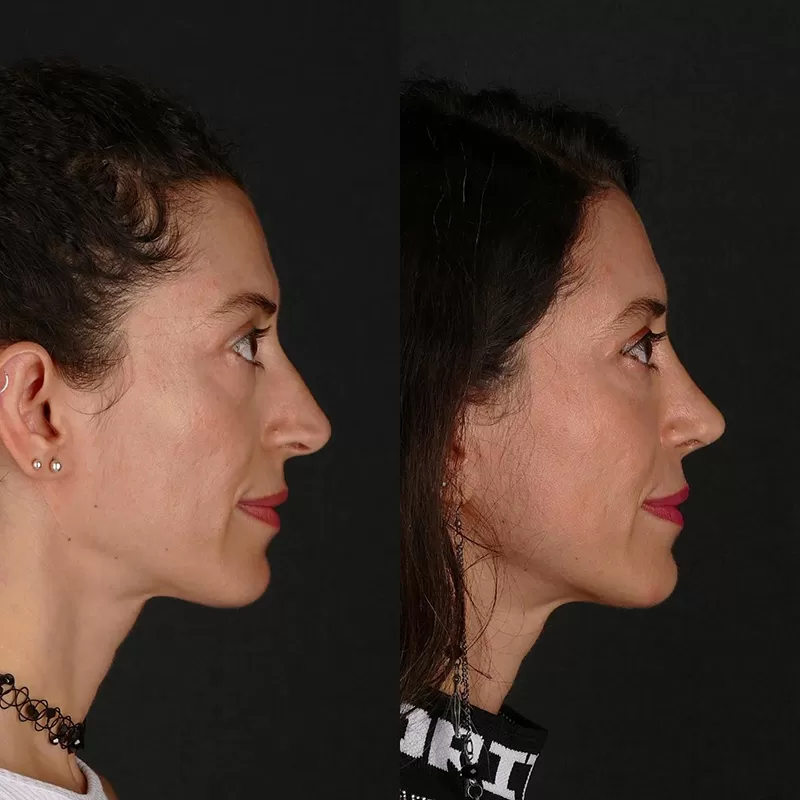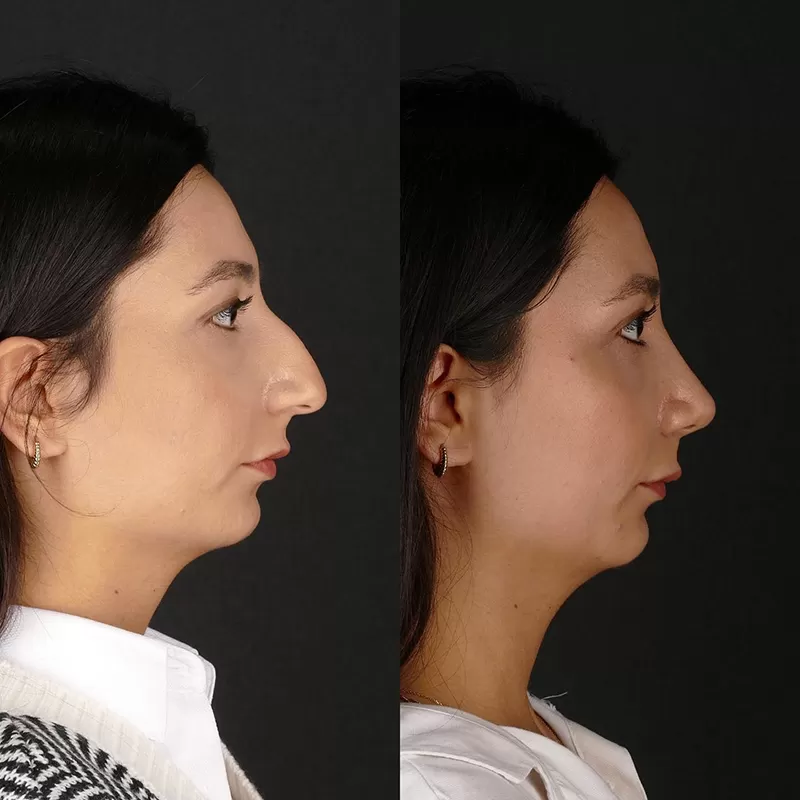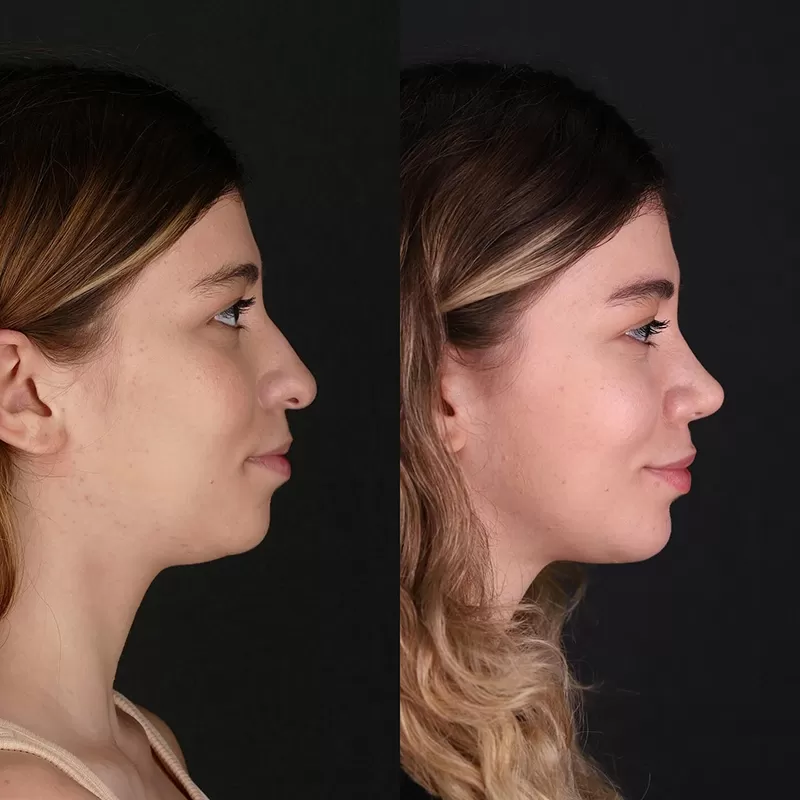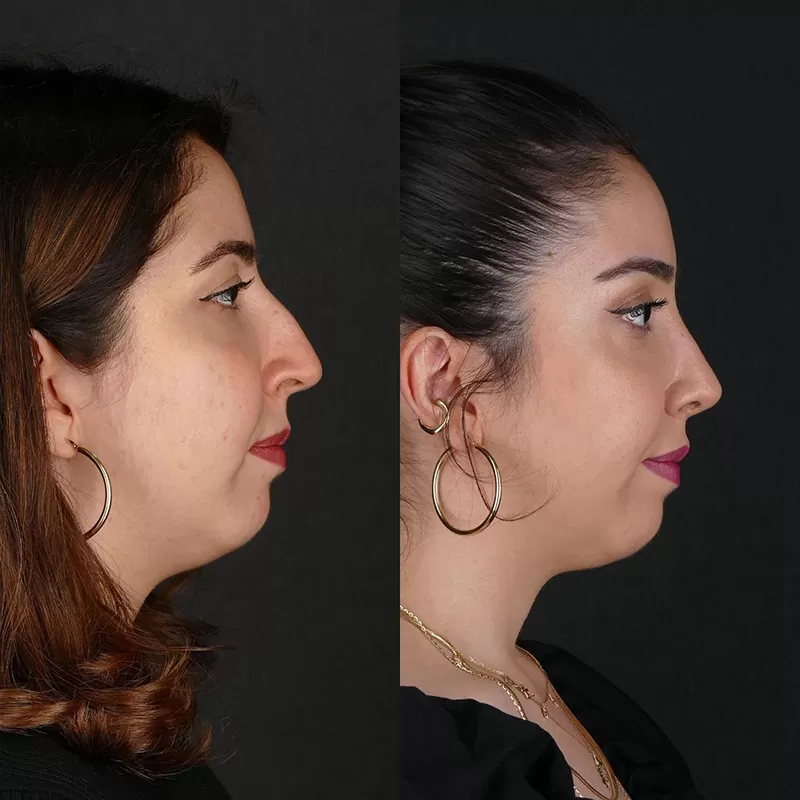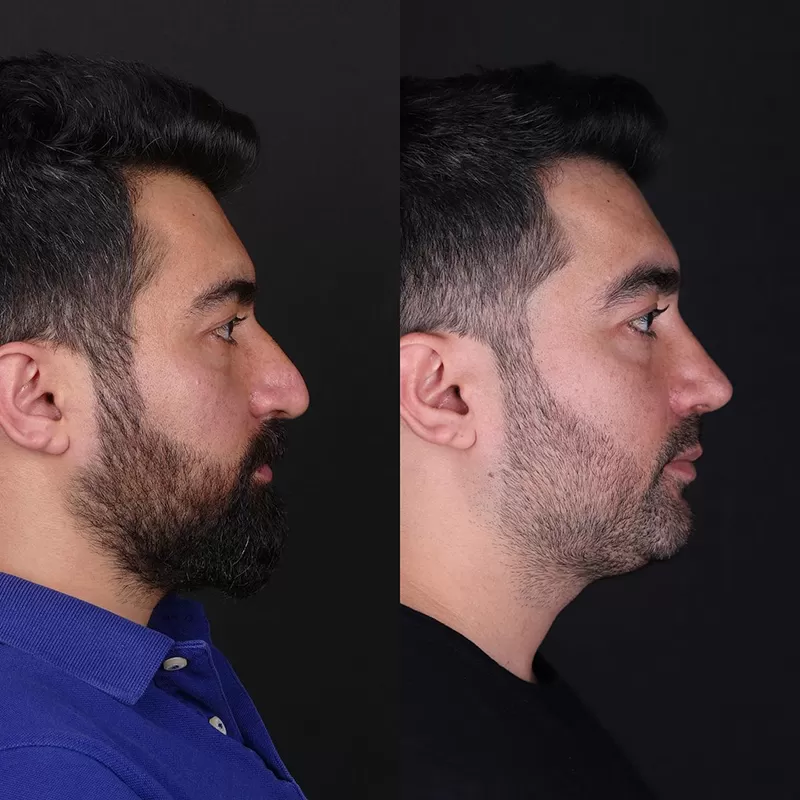Vocal Cord Cancer
İçindekiler
ToggleVocal Cord Cancer
The biological event necessary for the reproduction of single-celled organisms, the renewal of tissues in multicellular organisms and the growth and development of living organisms is called cell division.
This division occurs continuously in some tissues and at certain times in others. Healthy cells in the human body, except muscle and nerve cells, are also capable of division.
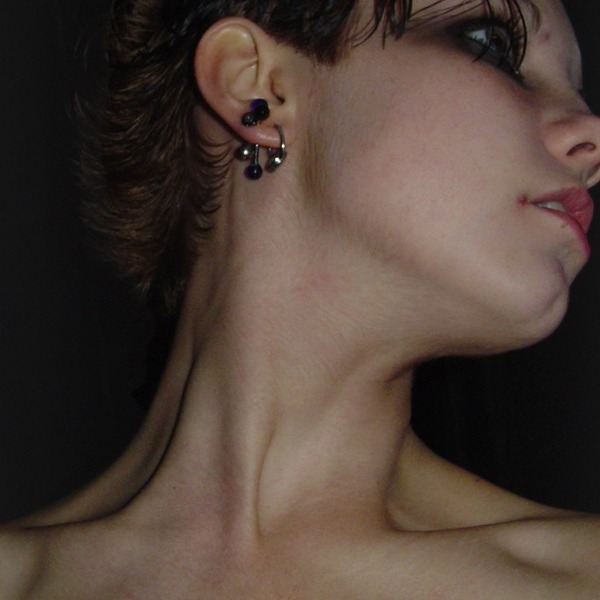
Cell division is kept under control by a mechanism formed by groups of molecules that work cyclically in the cell and that coordinates the events that occur in the cell. Sometimes, due to some damage in the DNA, cells continue to divide and multiply uncontrollably even though there is no need for new cells, i.e. division. These unnecessary cells accumulate in the form of a mass and form tumors. Malignant tumors / tumors formed by the mass formed by the division and multiplication of cells in tissues or organs outside the control of the control mechanism are called cancer. These malignant tumors can squeeze, infiltrate or damage normal tissues to make room for themselves. In addition, cancer cells can separate from the tumor in which they accumulate and reach other tissues and organs through the blood, spread rapidly throughout the body (metastasis), continue their irregular and uncontrolled division and form new tumors there.
TREATMENT PROCESS
Vocal Cord Cancer
1 Session
3 Days
Lifetime
1 Hour
5 days later
General Anesthesia
5 Days
What are the symptoms of vocal cord cancer?
The first and most obvious symptom of formations such as nodules, polyps, cysts or precancerous cells in the vocal cords is hoarseness that lasts longer than two weeks. Along with hoarseness or independently; voice changes, difficulty breathing, chronic sore throat, earache, bloody cough, difficulty swallowing and swallowing, lumps/mass felt in the neck area, weight loss may also be observed.
When symptoms appear or complaints increase, the patient should be examined in detail by an ear-nose-throat specialist. First, the vocal cords are examined with endoscopic devices. The most commonly used endoscopic imaging tools are laryngoscopy, which is a narrow tunnel that is entered through the nose and consists of light, camera and videostroboscopy, which is a telescope camera that uses an intermittent light source. If cancerous cells are found during this examination, tissue samples are taken (biopsy) and pathological examination is performed. At the same time, X-ray, ultrasonography, computerized tomography (CT), magnetic resonance (MR) examinations may also be requested if deemed necessary. Following the diagnosis, a decision is made regarding the appropriate treatment method, such as chemotherapy using chemical drugs, radiation therapy / radiotherapy (radiation therapy) using radioactive rays and endoscopic surgery. The patient’s condition and age, the stage of the cancer and the location of the cancer are important in the decision to be made.
Chemotherapy can sometimes be used alone, and sometimes before, during, and after radiotherapy and surgical interventions. Chemotherapy, which is used primarily to shrink a tumor or prevent its growth, can be used in conjunction with other methods or as a preventive protocol to prevent the tumor from spreading. It is usually used in advanced cancers.

How is Vocal Cord Cancer Surgery Performed?
Vocal Cord Surgery is usually performed in the 1st and 2nd stages of cancer. The aim is to destroy the tumor while preserving normal, non-cancerous tissue. It can be performed from the mouth area or, rarely, from the neck area.
Depending on the location and condition of the tumor, a large portion of the voice box can be removed using endoscopic surgical equipment, the voice box can be reconstructed, the tumor can be separated from its location by cutting or scraping, or it can be destroyed in situ with laser application. Sometimes, the larynx can also be completely removed or the lymph nodes can be removed.
Surgical interventions do not last long. However, the recovery period varies depending on the method used and the operation performed. In addition, it is decided whether radiotherapy or chemotherapy will be applied after the operation. When all these are taken into consideration, it should be anticipated that the treatment can last from a few weeks to a few years.

